Looking at different ecommerce metrics is like gazing into the night sky: there are so many data points you can (and should) track that the information available feels...infinite. Connecting and integrating data across different channels and platforms can be a full-time job, and as a result, teams are constantly playing catch-up with all of the numbers and data points they’re tracking across spreadsheets and dashboards. Enter an ecommerce dashboard.
Research and publish the best content.
Get Started for FREE
Sign up with Facebook Sign up with X
I don't have a Facebook or a X account
Already have an account: Login
Get weekly or monthly digest of all posts in your inbox: https://fmcs.digital/wim-subscribe
Curated by
Farid Mheir
 Your new post is loading... Your new post is loading...

Obinna Odenigbo's curator insight,
October 30, 2018 3:55 AM
AI could be very useful in the retail industry. |

Curated by Farid Mheir
Get every post weekly in your inbox by registering here: http://fmcs.digital/newsletter-signup/
|




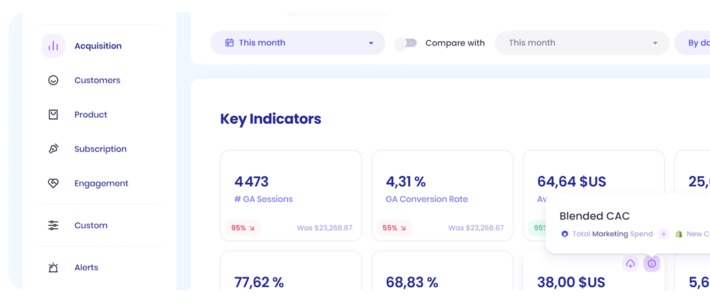

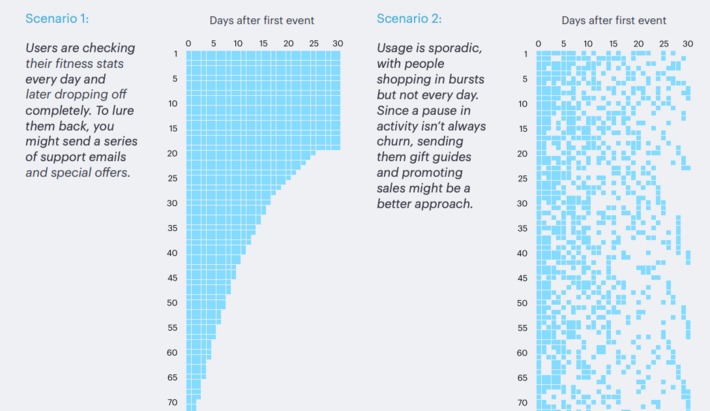

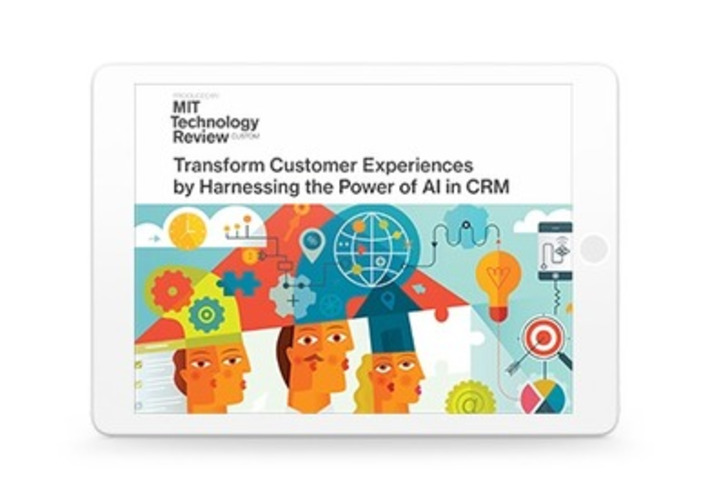



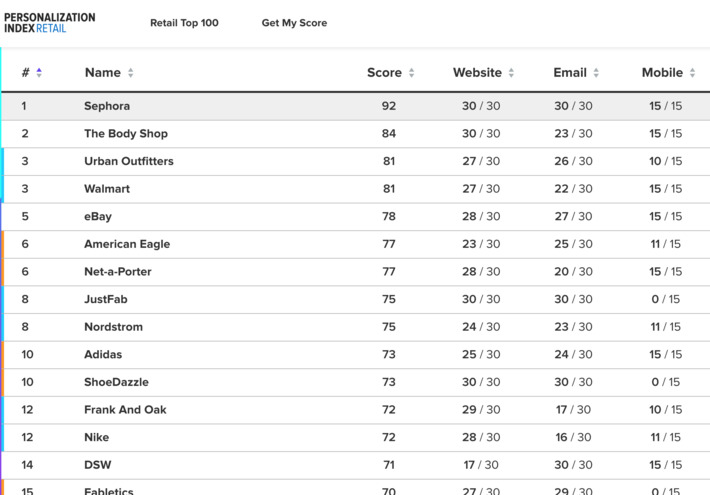
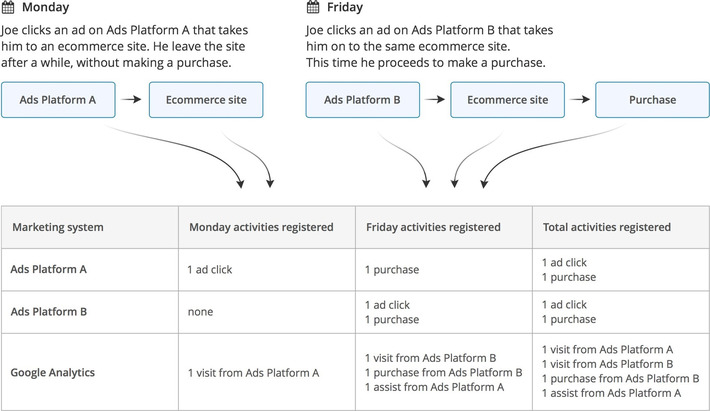
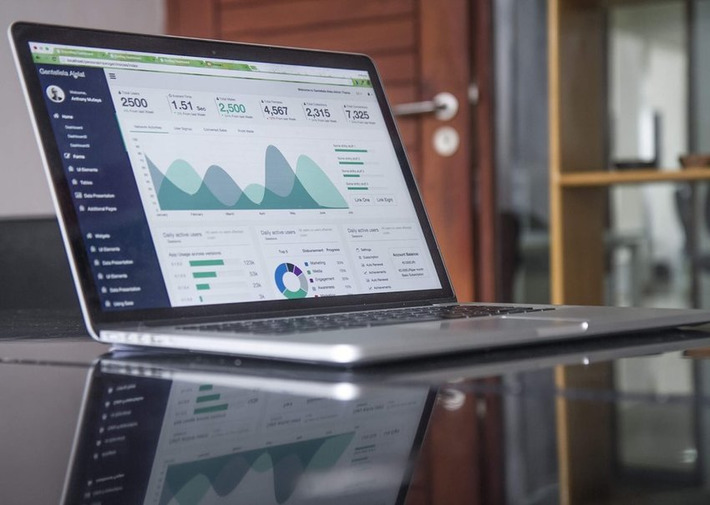
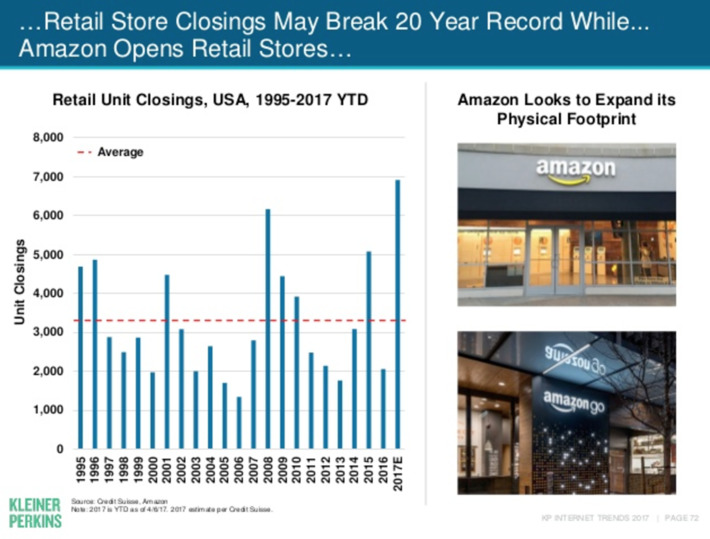

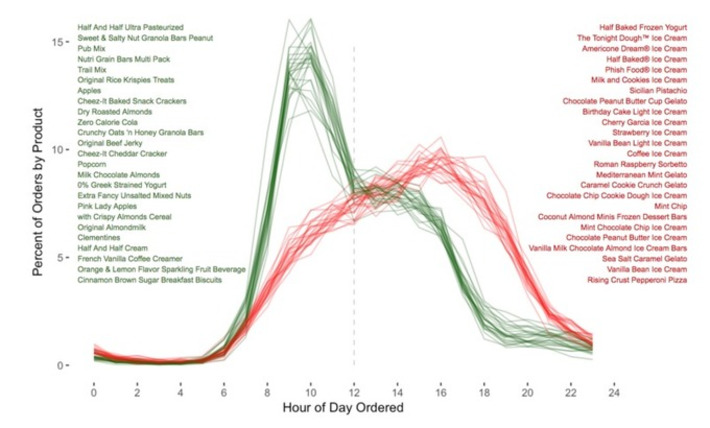
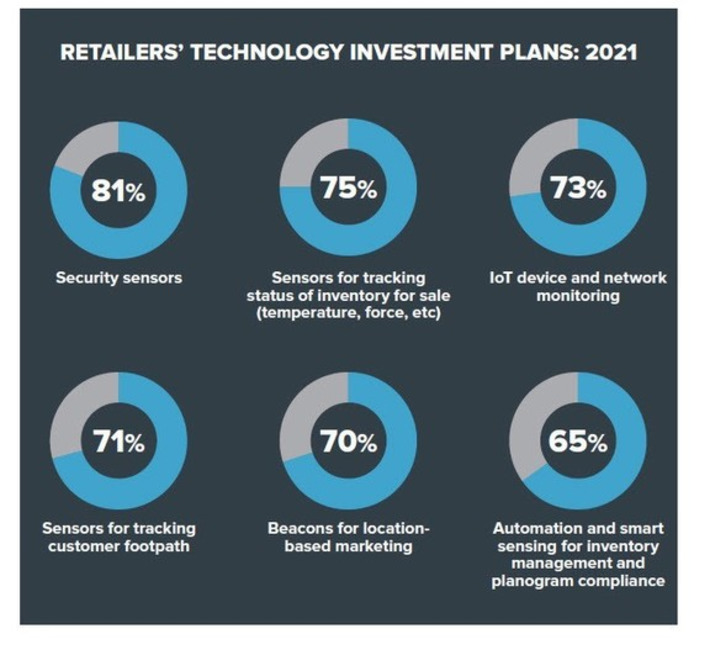
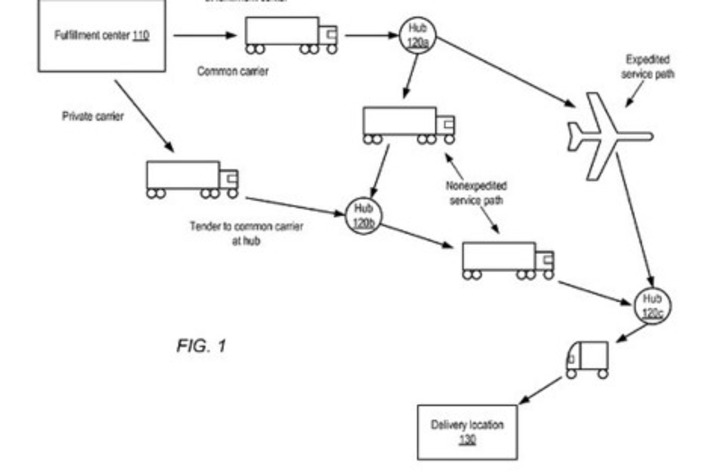








WHY IT MATTERS: always good to go back to basics, here for eCommerce dashboards.